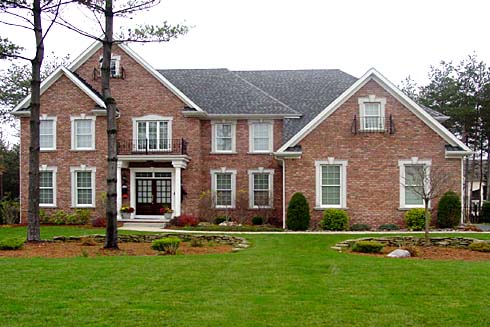DOWNZONING
Understanding Downzoning in Real Estate
What is Downzoning?
Downzoning refers to the process by which a local government or zoning authority reduces the permissible land use density or intensity for a specific parcel of land. This reduction can entail various changes, such as converting a parcel designated for multifamily residential use to single-family residential use, or limiting the height, size, or scope of permissible development on the property.
Implications for Property Owners and Developers
Property Values and Development Potential
Downzoning can significantly impact the value and development potential of affected properties, as it restricts the scope of permissible land use and development activities.
Property owners and developers may experience reduced opportunities for higher-density or commercial development, potentially affecting their investment returns and development plans.
Regulatory Compliance and Planning
Downzoning necessitates a reassessment of property development plans and regulatory compliance, requiring property owners and developers to align their projects with the revised zoning regulations.
It may also lead to the need for modifications to existing development proposals and the exploration of alternative land use strategies.
It may also lead to the need for modifications to existing development proposals and the exploration of alternative land use strategies.
Community and Environmental Considerations
Neighborhood Character and Quality of Life
Downzoning initiatives often aim to preserve neighborhood character, limit overcrowding, and maintain the quality of life for residents by controlling the pace and scale of development.
By curbing density and imposing restrictions, downzoning can influence the aesthetic, environmental, and social dynamics of local communities.
Environmental Preservation and Infrastructure
Downzoning can contribute to environmental conservation efforts by regulating the impact of development on natural resources, open spaces, and infrastructure capacities.
It may align with broader sustainability goals by promoting responsible land use and development practices.
Legal and Planning Implications
Legal Compliance and Property Rights
Property owners and developers affected by downzoning must navigate the legal landscape to understand their rights, obligations, and avenues for recourse, such as seeking variances or challenging zoning decisions.
Legal counsel and strategic planning are essential for addressing the implications of downzoning on property rights and interests.
Urban Planning and Policy Considerations
Downzoning intersects with urban planning and policymaking, reflecting the evolving priorities, needs, and visions of local communities and governing bodies.
It underscores the importance of engaging in proactive, informed dialogue and participation in the planning and zoning processes.
Conclusion
In conclusion, downzoning represents a pivotal aspect of land use regulation with far-reaching implications for property owners, developers, communities, and the built environment. Its influence on property values, development dynamics, community character, and regulatory compliance underscores the need for stakeholders to stay abreast of zoning changes, engage in informed decision-making, and adapt their strategies to navigate the evolving real estate landscape.
For further insights into real estate zoning, land use regulations, and property development strategies, do not hesitate to reach out to us for additional information and guidance.
MORE REAL ESTATE TERMS
A, B, C, D, E, F, G, H, I, J, K, L, M, N, O, P, Q, R, S, T, U, V, W, X, Y, Z
Featured New Home

Featured Mortgage Brokers
- CrossCountry Mortgage, Inc., mortgage broker in Elgin, IL
374 N Mclean Blvd
Elgin, IL 60123 - Blue Square Mortgage LLC, mortgage broker in Seattle, WA
4212 33rd Ave W
Seattle, WA 98199 - NEIGHBORS FINANCIAL CORP, SACRAMENTO, CA
2831 G ST STE 200
SACRAMENTO, CA 95816 - AMERICAN FINANCIAL NETWORK INC, MURRIETA, CA
24910 WASHINGTON AVE
MURRIETA, CA 92562 - American Finance-Thomasville, mortgage broker in Thomasville, GA
15179 US Hwy 19 South
Thomasville, GA 31792